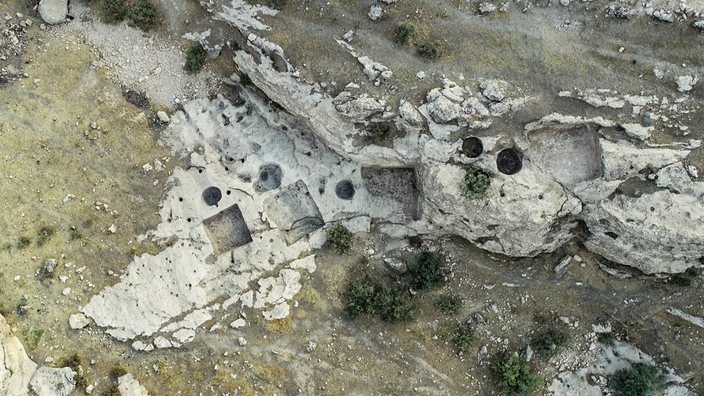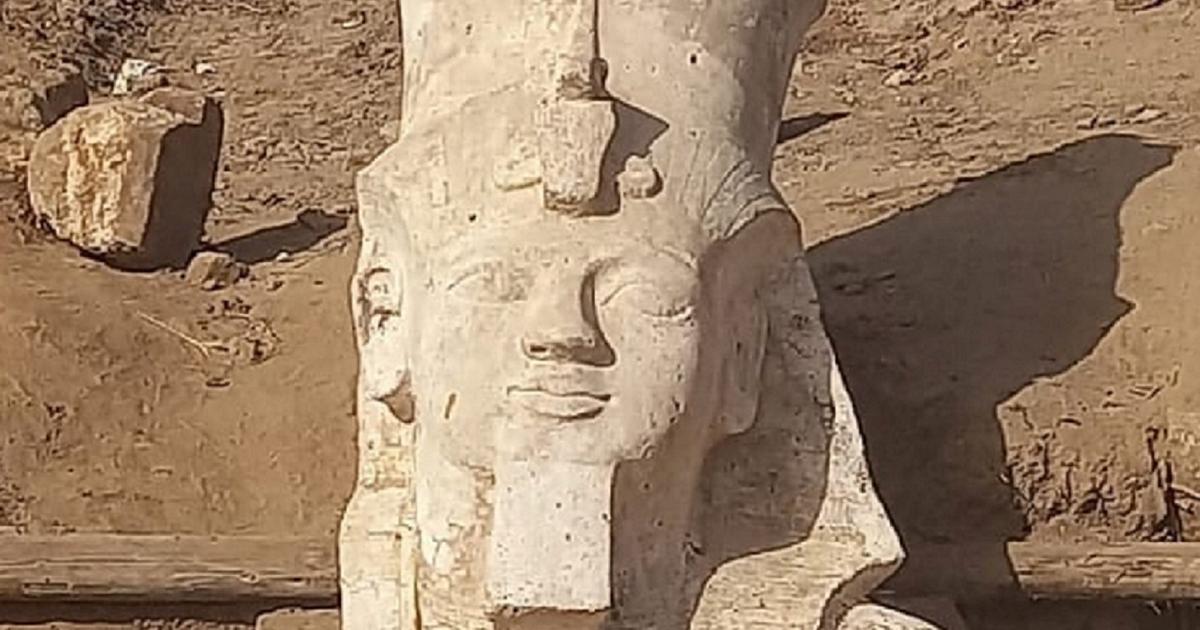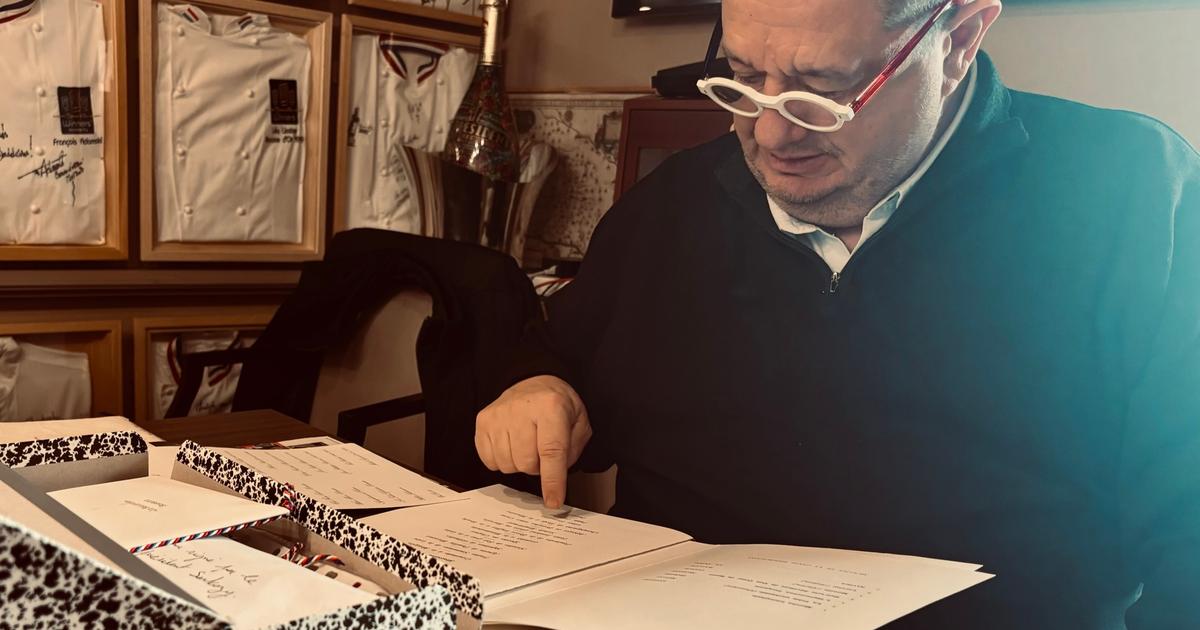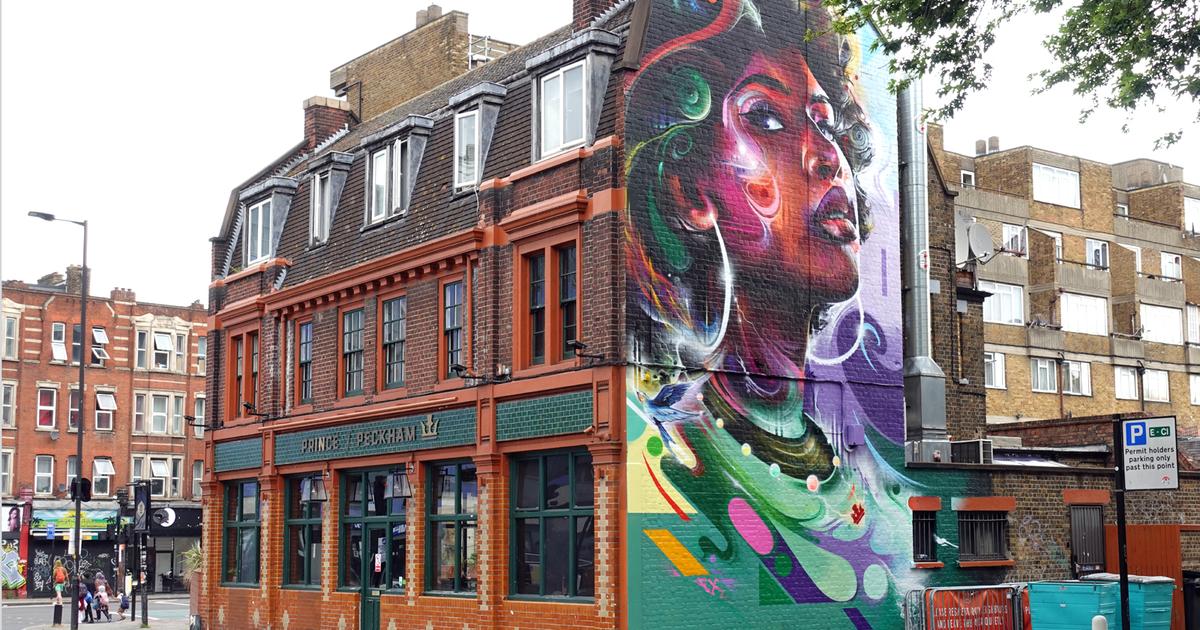October decidedly smiles on the archeology of wine.
After the discovery of an important Byzantine wine complex in Israel, Italian and Iraqi Kurdish archaeologists announced on Sunday the discovery in Iraq of wine presses and bas-reliefs carved into the walls of an irrigation canal, vestiges dating back to from the time of the Assyrian kings, around the 8th-7th centuries BC.
See also
The Assyrian Empire
, by Josette Elayi: the thousand treasures of the Assyrian Empire
The remains were uncovered by a joint mission bringing together Italian archaeologists and their counterparts from the Antiquities Directorate of Dohuk, Iraqi Kurdistan, at two sites dating back to the reigns of Sargon II (721-705 BC) and his son Sénnacherib, who succeeded him. King of Assyria in the 8th century BC, Sargon II had established his capital in northern Iraq, on what is now the Nineveh Plain, near Mosul.
Near the site of Khinis, archaeologists have discovered the remains of an
"industrial-sized wine factory"
, which dates from the time of Sénnacherib (704-681 BC), told AFP the archaeologist Daniele Morandi Bonacossi, Italian co-director of the team.
"We found fourteen installations used to press the bunches and extract the juice, then transformed into wine,"
said the researcher attached to the Italian University of Udine.
According to him, this would be the first such discovery in Iraq.
An ancient Assyrian canal bordered by high reliefs, discovered by the Italian team in northern Iraq, in Faida.
Terra Di Ninive / AFP
Read also Joe Biden orders the return to Iraq of 17,000 antiquities looted during the war
Royal bas-reliefs
On the site of Faida (northern Iraq), archaeologists have found an irrigation canal nine kilometers long.
"Twelve monumental bas-reliefs"
five meters wide by two meters high dating from the end of the 8th century BC and the beginning of the 7th century BC are visible on its walls. Sponsored either by Sargon II or by Sénnacherib, each panel
“represents the Assyrian king praying before the gods”
, explains Daniele Morandi Bonacossi, with “
the seven most important deities of the Assyrian pantheon, represented in the form of statues
”.
"The statues are carried by sacred animals (...) Ishtar the goddess of love and war is on a lion"
, explains the archaeologist.
From the fabulous palaces and temples built during the reign of Sargon II have survived several mythical winged bulls - Lamassu - and wall frescoes exhibited in the Baghdad museum, but also in the collections of the Louvre, in Paris.
Iraq is the cradle of the civilizations of Sumer, Akkad, Babylon and Assyria, to which humanity owes the writing and the first cities.
The country has suffered for decades from the looting of its antiquities, especially after the American invasion of 2003 and the arrival of the jihadists of the Islamic State (IS) group ten years later.







/cloudfront-eu-central-1.images.arcpublishing.com/prisa/Z62K2RLCIVG7TKDLGKZXZSMWY4.jpg)

